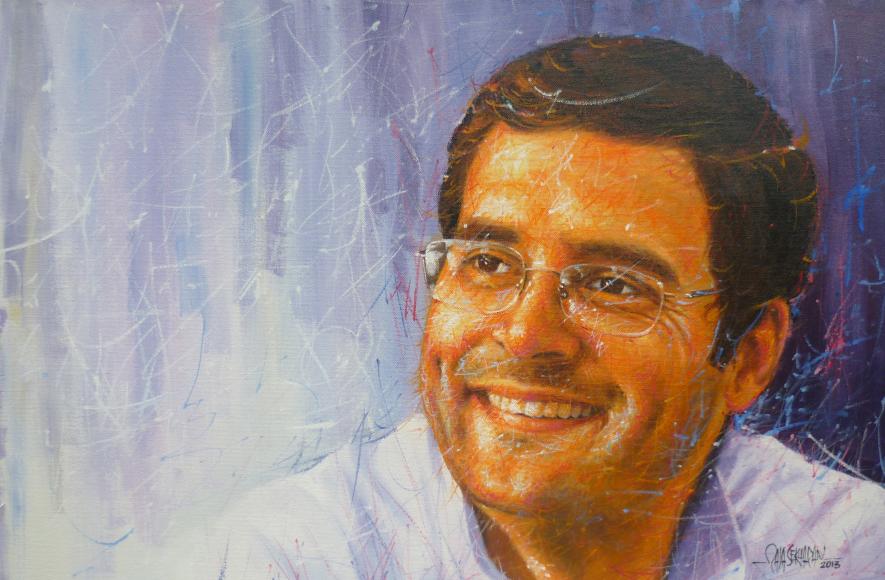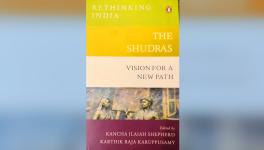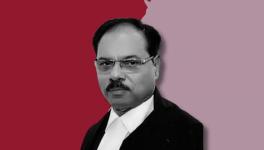Don’t Just Blame Rahul, Hard to Lead Congress Without Being PM

Rahul Gandhi may suffer from innumerable faults, but it is also true that Rahul was assigned the task of leading the Congress at the time he was not the prime minister. This disadvantage did not hobble other illustrious members of the Nehru-Gandhi family—Jawaharlal Nehru, Indira Gandhi and Rajiv Gandhi—under whom the Congress blossomed.
Indeed, power at the Centre helps keep a centrist outfit with a national footprint, such as the Congress, in fine fettle. This is because the prime minister, even when he or she is not officially the party president, possesses several instruments to keep factional squabbles under check. For instance, he or she can accommodate dissidents in the Union ministry and snuff out their challenge to the reigning state leaders. The prime minister can deprive the recalcitrant of a share in the benefits accruing from state power. Or, alternatively, use state power to harass them.
Sure, Sonia Gandhi became the Congress president three years after her party was voted out, in 1996. Yet her emergence did see Sharad Pawar quit the party. Most Congress stalwarts, however, hung around as India had entered the era of coalition. There was always the possibility of the Congress staging a comeback.
It did, in 2004, which was credited to Sonia Gandhi building smart alliances. Yet that victory was also a fluke, with the Congress ahead of the BJP by just seven seats. The performance of the Left and regional outfits exceeded expectations, enabling the formation of the United Progressive Alliance government. Its governance saw the party win yet again in 2009.
By contrast, when Rahul was tasked to spearhead the party’s 2014 election campaign, it was a battle he could only lose. The Congress suffered from double anti-incumbency. The anti-corruption movement had discredited it. On top of it, Narendra Modi combined Hindutva and development to shrink the party to its lowest ever tally of 44 Lok Sabha seats.
It was from this morass Rahul was to pull out the Congress, and that too, without being the prime minister. Yet, occasionally, the Congress sparkled. The party nearly upset the Bharatiya Janata Party in Gujarat. It won Punjab, Rajasthan, Chhattisgarh and Madhya Pradesh. It was quick to cobble together a coalition government in Karnataka. But that flicker of hope died with the BJP, which rode the Pulwama-Balakot episode, to sweep the 2019 Lok Sabha elections as well.
The departure of Jyotiraditya Scindia from the Congress vividly illustrates Rahul’s problem of reinvigorating the party without being in power at the Centre. Once counted among Rahul’s close political friends, Scindia’s home state of Madhya Pradesh is also the playground for Kamal Nath and Digvijay Singh, both Congress veterans. All three together scripted the Congress victory in the 2019 Assembly elections there.
Scindia vied for the post of chief minister, believing it was time for the Congress to take the generational leap. It is said he was willing to settle for the post of state Congress chief. But it was apparently denied to him because of Nath and Singh’s anxieties about another power centre emerging in the State. He was not even assured of a Rajya Sabha seat. For Rahul, it came down to choosing between alienating the Nath-Singh duo or Scindia.
Rahul thought the Congress needed the veterans more. It is hard to fault his choice.
Nevertheless, Scindia joined the BJP and triggered the collapse of the Kamal Nath government. Scindia is now a Union minister. The same offer the Congress could have made to Scindia had the party been in power at the Centre.
Would Scindia have left the Congress? Unlikely.
Or take Punjab, where the party belatedly woke up to the disenchantment running deep against its then Chief Minister Capt Amarinder Singh, who refused to heed calls for stepping down. Such defiance from a chief minister would have been unthinkable during the years one of the Gandhis was in power at the Centre.
Capt Singh’s position soon became untenable because of the ferocious attacks on his governance by Navjot Singh Sidhu. Singh resigned—and, ultimately, left the party, feeling it had nothing to offer him at his age. He floated his own outfit in order to try fracture the Congress vote bank in the 2022 Assembly election.
But it was now the turn of Sidhu to feel miffed, for he thought he was deserving of the chief minister’s chair, not Charanjit Singh Channi, whose caste identity had the Congress think it could consolidate the Dalits. But Sidhu, in pique, took to also publicly criticising Channi, reducing him to a joke. Any hope of rallying the state’s heterogeneous Dalit community behind the Congress disappeared.
It is inconceivable Sidhu would have displayed such audacity under a Congress prime minister. He did leave the BJP and resigned from the Rajya Sabha in 2016. But he went out silently, without lashing out against the BJP’s decision to field Arun Jaitley from Amritsar, which was the constituency from where the former Test cricketer had won on more than one occasion. Sidhu refrained from badmouthing Modi, apprehensive of a blowback.
In fact, the Congress may have also lost Sachin Pilot to the BJP but for their joint plan to topple the Ashok Gehlot government being discovered last minute. Like Scindia, Pilot believed it was time a young leader like him took over from Gehlot. Since Gehlot was not willing, Rahul presumably decided the party could not afford to alienate him. In case the Congress had been in power at the Centre, Pilot could have been mollified with, say, a Cabinet berth.
The departure of Jitin Prasada is linked to the failure of the Congress to revive itself in Uttar Pradesh, where his Brahmin community remains among the most steadfast supporters of the BJP. This has made the going tough for Prasada, who lost in both 2014 and 2019. Once a Union minister, he chose to join the BJP and settle for a berth in the Adityanath Cabinet, a case of downward mobility.
Prasada’s political calculation, driven by self-interest, was underscored in his resignation letter to Sonia: “…What is the relevance of staying in a party if you can’t protect the interests of your people or work for them. I felt I was unable to do that in Congress.” This was also the reason cited by Scindia in his resignation letter to Sonia.
RPN Singh, yet another Rahul chum who left the party to join the BJP, thanked Sonia for providing him the opportunity to “serve the nation, its people and the party”. His letter implied he could no longer serve the people under the Congress, as it was no longer in power. Even Ashwani Kumar, an electoral lightweight, left the Congress saying he thought he could best serve the larger national causes outside the party.
It is one thing for leaders to leave the Congress to join a party broadly opposed to Hindutva, as, for instance, is true of Kapil Sibal, who is now in the Samajwadi Party. It is quite another for them to join the BJP. Their weak ideological commitment is evident from the fact that Prasada, Scindia and RPN Singh were enthusiastic supporters of the Modi government’s decision to read down Article 37O, as was Congress spokesperson Jaiveer Shergill, who also recently quit the party.
In hindsight, it may seem Rahul was right in not appeasing Himanta Biswa Sarma, who, in a huff, joined the BJP and has now become a new mascot of militant Hindutva. It would seem difficult to redefine and revive the Congress with leaders whose commitment to the party’s ideology of composite nationalism runs shallow.
When young leaders perceived to be close to Rahul leave the Congress, an impression is conveyed that if he cannot pull along with them, he cannot, obviously, also with those much older to him. Look at the irony: When Rahul backs old guards like Kamal Nath, Scindia leaves. When a Rajya Sabha seat is denied to 73-year-old Ghulam Nabi Azad, he leaves, suddenly finding his voice he had muted during the years the Gandhis were in power—and as long as he was sent to the Rajya Sabha.
Shouldn’t a 73-year-old, whose electoral value to the party is negligible, be asked to retire? Perhaps Azad could have been satisfied with a governorship, which the party is no position to offer.
It is possible Rahul is reluctant to meet party members, and lacks the focus and energy to persevere over a stretch of time, as has been alleged by Azad. Yet all the woes of the Congress cannot be blamed on Rahul. It should also be on men and women whom he leads, those who have no motivation other than self-interest. It is impossible for anyone to lead such a pack without being the prime minister.
The author is an independent journalist. The views are personal.
Get the latest reports & analysis with people's perspective on Protests, movements & deep analytical videos, discussions of the current affairs in your Telegram app. Subscribe to NewsClick's Telegram channel & get Real-Time updates on stories, as they get published on our website.























